Scientists from the Japan Aerospace Exploration Agency (JAXA) have planned a series of pilot projects which, if successful, should culminate in a 1-gigawatt space-based solar power generator within just 25 years. Its energy output would be on par with some of the largest modern conventional power plants, thanks to fact that it’s above the atmosphere, which reflects or absorbs most solar energy that falls on Earth. Collecting solar power above the atmosphere means you could have access to almost 150% of surface amounts — and if we can find a way of beaming that power back down to Earth, our reliance on every other form of energy would vanish overnight.
Here at ExtremeTech, we publish a fair number of articles about improvements to solar power. That makes sense since, until fusion power comes of age, solar will remain the only green technology that could even theoretically provide for our global power demands. The sun blasts our planet with so much power that the world’s deserts absorb more energy in a single day than the human race uses in a year. Yes, Earth’s surface is a phenomenal place to collect solar energy — but astronomers know about somewhere even better.
Space solar power arrays have many advantages, such as avoiding most forms of wear, the entirety of our ground-based day/night cycle, and all occluding weather formations. JAXA’s main proposed design incorporates two enormous mirrors, articulated to dynamically bounce sunlight onto the solar panels 24 hours per day. Taking this into account, some optimistic estimates say that a well-designed space array could bring in more than 40 times the energy of a conventional one. (Read: The hunt for alien, star-encompassing Dyson Spheres begins.)
The biggest and most obvious difficulty with collecting power in space is that, once collected, all that precious energy is still in space. Though we would certainly be able to collect more power above the atmosphere than below it, that fact becomes rather meaningless if the gain is immediately lost to inefficiency during transmission back to Earth. For some time, lasers were assumed to be the best solution, owing mostly to their ease in aiming; even with a receiving dish several kilometers across, it will take extreme coordination to maintain a precise, unbroken connection between one object in orbit and another on the ground.
For all their potential though, lasers seem to be a research dead-end due to the much-dreaded “bloom” effect when travelling through air, which causes them to quickly lose focus. By contrast, a pioneering study from 2008 made the case for microwaves as a possible solution. This experiment transmitted 20 watts of power between Maui and the island of Hawaii, more than 150 kilometers (93 miles) away. Though only about a microwatt was collected at the receiver, the study was seen as a major success. The team believes that the concept is feasible for space, since an orbiting projector would only need to transmit its power through roughly 2 kilometers of the densest air, not 150. The biggest downside of microwaves is that they are generally feared by the public, but that’s offset by research showing that even multiple generations of microwave-blasted animals show zero negative health effects.
As is the case with so many scientific proposals, such as the space-elevator-by-2035 proposal that we covered recently, this study assumes certain advances over the next 20 years or so, from light-weight materials to increased solar efficiency. By far the biggest challenge though, or the one that looks to be giving the least ground to researchers, is power transmission — so that’s where JAXA is focusing. With an estimated final mass of 10,000 tonnes, a gigawatt space solar array will require significant work from other scientists to improve things like the cost-per-kilogram of launch to orbit (where, funnily enough, a space elevator would really help matters). Still, the trends are encouraging, and few of their estimates for research timelines seem all that pie-eyed or optimistic.
The International Academy of Astronautics (IAA) recently published an enormous study in support of space solar power. That study names JAXA as the most likely source of early space-based power projects, though like the Japanese agency it notes that a larger-scale project would require international cooperation. Much like the Large Hadron Collider before it, a gigawatt space-based generator would have to be a global project — though unlike the supercollider, its output would have far less global value. Unless the first launch significantly reduces the cost of a second, it’s questionable whether, for instance, Germany will see value in spending tens of millions to help power Japan.
JAXA has long been the world’s biggest booster of space-based solar power technology, making significant investments in research and rallying international support for early test projects. This makes sense when you consider that Japan packs over a third of the US population onto an island the size of Montana — even before the Fukushima disaster, Japan knew it needed to look at alternative sources of electricity or be doomed to stagnation. With few easily exploited natural resources, the country was forced to look skywards for their answer. As little as a decade from now, we may very well find ourselves doing the same — after all, as our editor Sebastian Anthony likes to regularly remind us, we are all slaves of electricity.


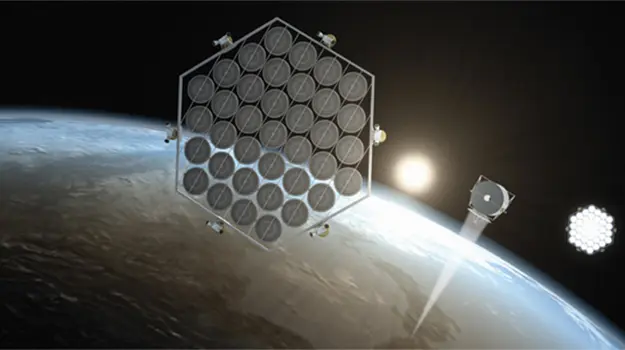
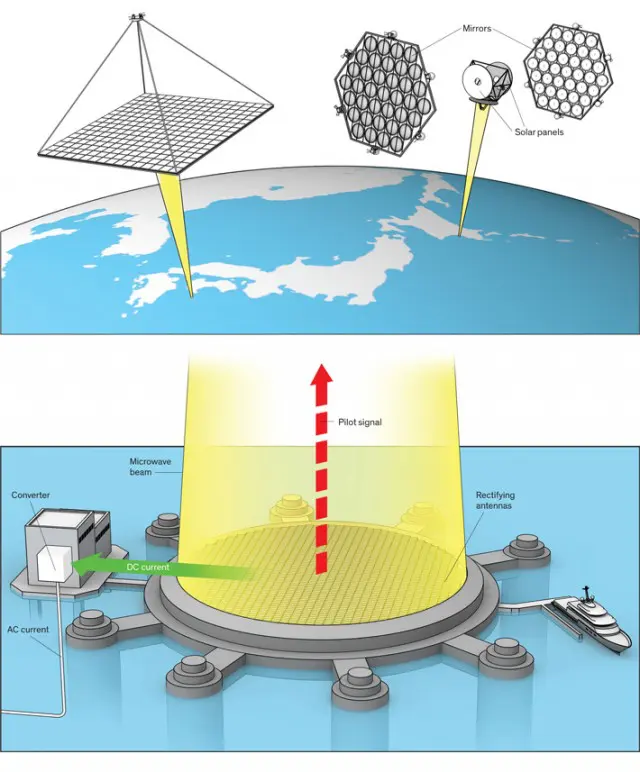
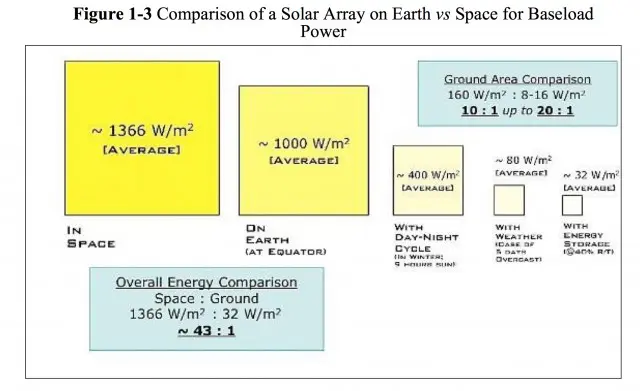



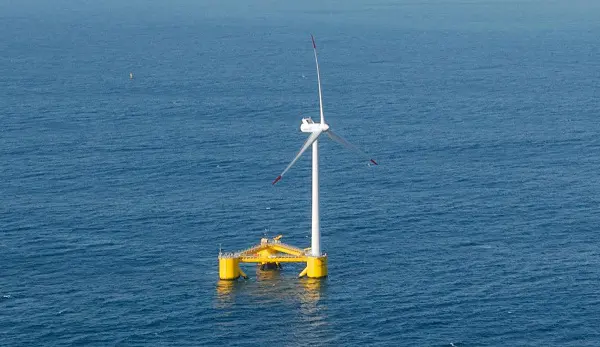
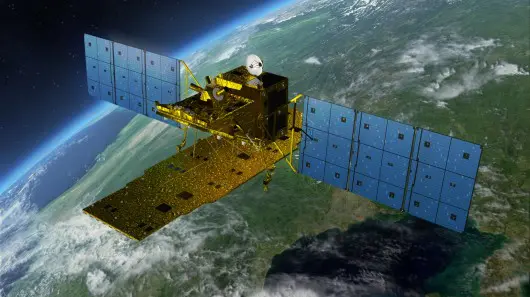

2 Comments